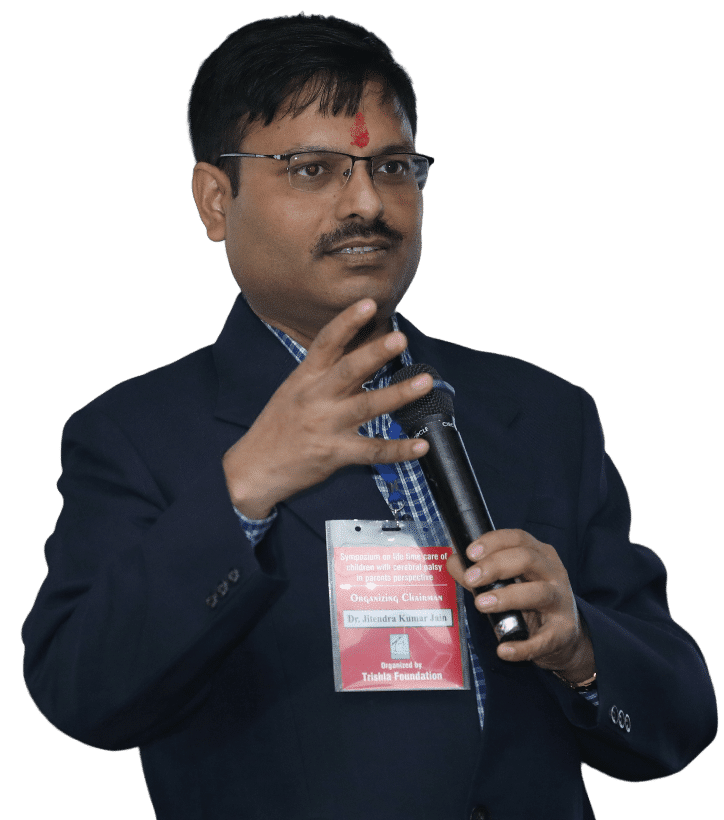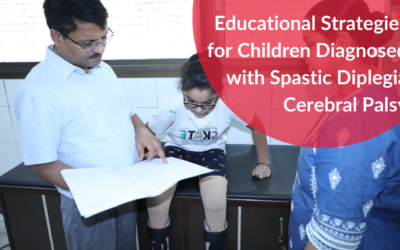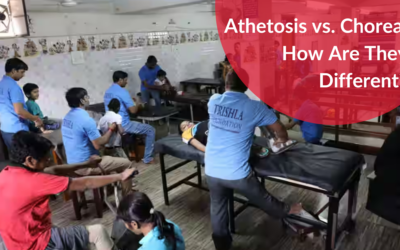Cerebral Palsy Surgery in India, Bangladesh, Nepal, UK, USA, Africa, UAE
Releted Posts
Cerebral Palsy
Cerebral Palsy Types
Cerebral Palsy Myths
Cerebral Palsy Surgery In India
Cerebral Palsy Children
Cerebral Palsy Defination
Cerebral Palsy Care Plan
Cerebral Palsy Prognosis
Cerebral Palsy Symptoms
Cerebral Palsy Treatment
Cerebral Palsy Therapy
Cerebral Palsy Organizations
Cerebral Palsy Living Style
Cerebral Palsy Birth Injury
Cerebral Palsy Associated Disorder
Cerebral Palsy Eating Feeding Tips
Cerebral Palsy Sleeping Disorder
Diplegia Spastic Cerebral Palsy
Spastic Cerebral Palsy
Yoga & Physiotherapy
Donate Now
Your one donation can give someone a new life
Cerebral Palsy Surgery In India, Bangladesh, Nepal, UK, USA, Africa, UAE
Why We Perform Surgery For Cerebral Palsy:
Surgery is required to treat joint deformity, bony torsion & muscle contracture. Surgery in walking children is needed to correct the deformity so that they can walk more efficiently. The role of surgery in non-walker is to manage deformity so that transfer can be easier and the brace can be given more comfortably.
Different Types Of Surgery For Cerebral Palsy:
The older traditional concept for surgery in CP was single or two-level surgeries. It required repeated surgical intervention and did not give good results. In traditional orthopedic surgery tendon lengthening & tenotomy is the main surgery. Muscles in cerebral palsy are already weak and doing surgery on muscle led to increasing in weakness and the child lost all the possibility of improvement. Even sometimes ambulatory children became non-ambulatory.
Advancement In Orthopedic Surgery:
In the last two decades, we have seen many new advancements in orthopedic surgical planning. Because muscles are already weak in CP, so surgeries on muscles are not preferred. So whenever we need surgery on muscle then we lengthen the muscle by myofascial release rarely by tendon lengthening and some-time we transfer the tendon to other places to save some function of muscles.
Usually, in long-term torsional deformity & joint deformity develop in spastic children. So nowadays to correct all these problems, the bony osteotomy is being done. Orthopedic surgery is not advised before the age of 8 years. Surgery is contemplated once the child develops fixed deformity & bony torsion. In most cases, we plan to correct maximum deformity in single event anesthesia. Surgical planning is based on physical examination, gait analysis, and reevaluation under anesthesia during surgery.
How Children Got Success in Walking After Cerebral Palsy Surgery – Check Video
What Are The Advantages Of Surgery?
The advantage of surgery is to correct the fixed joint & bony deformity, lengthen short muscle so physical therapy can be performed in much better ways.
What Is The Appropriate Time To Perform Surgery?
No age is appropriate. Surgery is contemplated once it is needed. Surgery is usually delayed till the age of 8 years. Surgery again may be needed after 15 years of age. Orthopedic surgery is needed only when a child develops a fixed deformity and when needed only in spastic & sometimes in mixed CP treatments.
Why Surgery Timing Is Important For Cerebral Palsy Patients?
Child achieves maturity of gait pattern at the age of 6-7 years & in cerebral palsy, it is delayed. So surgery in cerebral palsy is delayed beyond 8 years of age. Orthopedic surgery is being contemplated once a child develops a fixed deformity. The second age of surgery is the completion of growth around the age of 15-16 years when they will not have any chance of an increase in height.
Problem With Late Surgery:
Risk of deformity spread to adjacent joints and to the skeleton during the ‘waiting time for surgery, there can be over lengthening of some tendon ( Tendo Achilles, Patellar tendon ) or development of uncorrectable deformity. Other complications like bony torsion, mid-foot break, and Plano valgus foot can develop. Ultimately degenerative changes in joints start developing.
Cerebral Palsy Surgery As An Option
Surgery is not the mainstay in the treatment of cerebral palsy. It is needed in less than 10% of cases and only in spastic and mixed cerebral palsy. Surgery should not be done in dyskinetic variety. Surgery is not the alternative way of physical therapy but once it needed it should be done. Detail evaluation including physical examination, gait analysis, and examination under anesthesia is mandatory for good surgical planning.
Benefits Of Surgery For Cerebral Palsy Patients
Selective dorsal rhizotomy reduces the generalized tone of the lower limb & selective neurectomy / fasciculectomy reduces the tone of affected spastic muscle. Orthopedic surgery is meant to manage to fix joint & bony deformity, muscle contracture, joint subluxation, dislocation, etc. A tendon transfer is being done to augment weak muscle. Myofascial release, tendon lengthening & bone shortening is indicated in muscle contracture, bony osteotomy in bony torsion, deformity & joint deformity.
Usually, in ambulatory children (GMFCS1-3), our aim of surgery is to make them better and correct the deformity that they can walk in a much better way. In nonwalker children(GMFCS4-5) our aim is to give brace-able foot, can be transferred easily and can use a wheelchair safely.
Types Of CP Surgery
Methods of surgery include neurosurgery and orthopedic surgery. Neurosurgery includes selective dorsal rhizotomy (SDR), selective neurectomy. Selective rhizotomy is being performed on rootlets coming out from the spinal cord and in selective neurectomy, a few fibers of the peripheral motor nerve are resected.
Orthopedic surgery is the main surgical method of intervention. In the last two decades, many advancements have been seen in orthopedic surgical planning. It happens because of our better understanding of biomechanics and gait analysis.
Nowadays we don’t prefer muscle surgery except in few conditions. Because muscle tenotomy can cause severe weakness that increases the disability of the child so we do only myofascial release and tendon transfer if really needed. Most of the time we prefer to correct the bony deformity by osteotomy and muscle contracture by bone shortening. By this concept, we are getting excellent recovery without any muscle weakness.
A Cerebral Palsy is a group of neuro-motor disorder which comprise of the problem in ambulation along with a problem in cognition, perception, vision, hearing, speech, promotor problem, etc. Usually, treatment of cerebral palsy requires good rehab measure which includes multimodal physiotherapy, training in ADL activity & brace. If we look into history, innovations in cerebral palsy management started only a few decades back.
The main issues in Cerebral Palsy are a problem in balance, muscle tone, abnormal movement disorder, muscle weakness & absence of selective fine motor function. So we have to manage the entire problem simultaneously through cerebral palsy surgery and therapy treatment.
Cerebral palsy surgery is only required to correct bony & fix joint deformity in children with spastic & mixed cerebral palsy and not in dyskinetic cerebral palsy. It should be planned meticulously only after a detailed evaluation. A few decades back, we used to plan surgery in a staged manner for correcting deformity of one joint at a time.
Then came the concept of single-event multilevel surgery (SEMLS), in which all the contracted & shorten muscles are lengthened in single-stage surgery but both concepts don’t give much hope to these children. Most of the time, these children get lots of problems because of over-lengthened & weak muscle.
Sometimes child deteriorates very fast because of weakness & progressive deformity. Initially, the tendon was lengthened or cut completely. Then the concept of doing a myofascial release of the affected long musculotendinous unit (OSSCS) came.
In this concept, only superficial facial coverage of all affected multiarticular muscles are released & short monoarticular muscle is not touched so that weakness does not occur but still there are chances of over-lengthening of a tendon in long term.
Now, gait analysis in the evaluation of cerebral palsy has paved a new path in the management of cerebral palsy. It is proven by many types of cerebral palsy research that all seemingly contracted muscles are not always short. Sometimes these muscles can be longer than normal. Most of the time these muscles are weak so lengthening of these muscles weakens them further. But still few muscles may require lengthening in the presence of muscle shortening.
The second issue is that muscle can’t generate enough power if bone & joint are not in proper alignment. Muscle will not be able to work properly in the presence of mal-alignment of bone & joint (lever arm problem). This mal-alignment can be in the form of angular, rotational bony & joint deformity.
So along with strength training of muscles, these deformities require multi-level correction by corrective bony osteotomy as well. A common problem in lever arm problem is increased anteversion of femur neck (internal femur torsion), tibial external rotational deformity & planovalgus feet.
All these problems should be managed to get the best outcome. Some muscles are too weak or malfunctioning, so we also supplement them with a full or partial tendon transfer. Common sites of tendon transfer are wrist, knee & foot problems in cerebral palsy.
Aponeurotic Lengthening of the musculotendinous unit is required only in cases with very short muscle length. Sometimes, shortening of bone is being done to save the muscle from weakness by over lengthening during correction of lever arm restoration Nowadays we utilize the concept of lever arm restoration, tendon transfer & aponeurotic release of contracted long multiarticular muscle in a single stage.
We had given the name single-event multilevel orthopedic surgery (SEMLOS) for this new concept. Usually, we delay cerebral palsy surgery till certain age when gait of the child become mature; it usually happens around 7-8 year of age in cp children. So if CP surgery is required it is recommended before puberty between 7-10 years and at maturity around 15 years of age. Surgery at an early age is required only in cases with hand deformity & dislocation of the hip joint. Continuous use of brace & physical therapy is mandatory after surgery to maintain the physical status of the child.
Watch Our Success Stories
Cerebral palsy is a lifelong condition that affects individuals from infancy, presenting multiple challenges. As a parent & specialist, it's essential to have comprehensive information to navigate this journey.
Subscribe to our YouTube channel to access: Educational videos, Real-life case reports, Inspiring success stories
Stay informed, stay empowered!
Page Medically Reviewed and Edited by
DR. Jitendra Kumar Jain
Dr. Jitendra Kumar Jain is a renowned name in the field of childhood physical disability & orthopedics problems in North India. He has been an MS Orthopedics, DNB Orthopedics, Pediatric orthopedic surgeon & cerebral palsy specialist for over 21 years.


Page Medically Reviewed and Edited by DR. JITENDRA KUMAR JAIN
Dr. Jitendra Kumar Jain is a renowned name in the field of childhood physical disability & orthopedics problems in North India. He has been an MS Orthopedics, DNB Orthopedics, Pediatric orthopedic surgeon & cerebral palsy specialist for over 21 years.
Testimonials
1. What is the most common surgery for cerebral palsy?
- Orthopedic surgery is the most common type of surgery that children with cerebral palsy go through with.
2. Does cerebral palsy surgery is required in every case?
- No, cerebral palsy surgery is not required in every case. Only 10% of cases needed cerebral palsy surgery and only in spastic and mixed cerebral palsy.
3. Can Surgery Fix cerebral palsy?
-
No surgery only correct the deformity which interfere in activities of daily life. It also make good alignment of limb so they can walk and do therapy in much better ways.
Reference Sources:
Make a Difference
Support Trishla Foundation's Life-Changing Work for Children with Cerebral Palsy!
Together, we can break barriers and empower children with cerebral palsy. With your generous contribution, Trishla Foundation can continue its vital work in providing therapies, education, and support to these incredible children. Help us create a brighter future by donating today!



